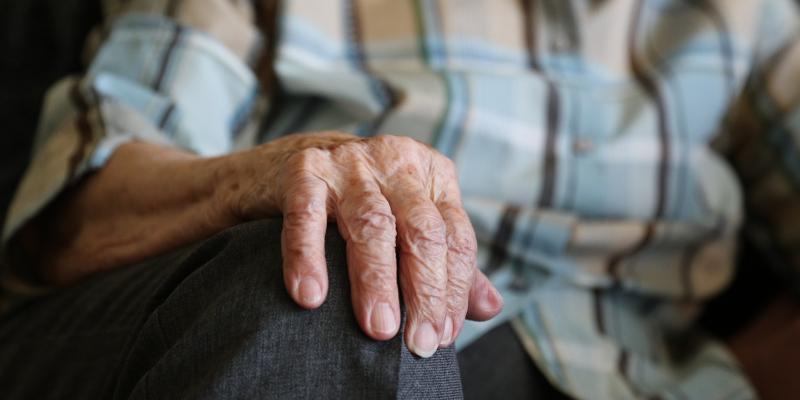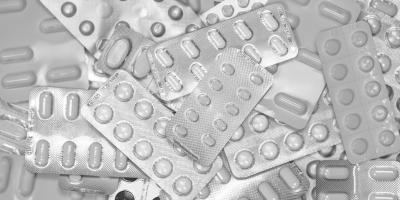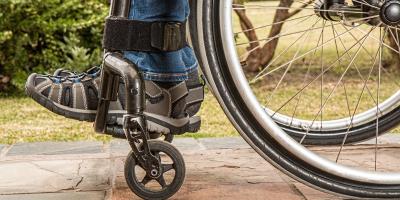Parkinson’s disease – even in an advanced stage – does not have to involve disability. It can be treated effectively even when medicines cease to help. It’s only necessary to use modern therapy methods.
There are effective pharmaceuticals for Parkinson’s disease, but they generally help patients only for a few years. Physicians call this period the “honeymoon phase", as treatment is fairly easy during that time.
After four years the honeymoon is over
President of the Polish Society for Parkinson’s Disease and Other Movement Disorders, Professor Andrzej Bogucki emphasises that the “honeymoon phase" usually lasts four years. L-Dopa is the common drug of choice in this time; it assists in producing dopamine – a neurotransmitter whose deficiencies cause disease symptoms.
After that, treatment is getting increasingly difficult and the symptoms become more pronounced. Patients are more prone to slowness of movement (bradykinesia), muscle rigidity, postural instability and tremors. Advancing decrepitude is observed – the patient is unable to perform normal everyday activities.
In the advanced stage, taking more medications is to no avail, even when the doses are very high. If it works, it’s only for a short while. This is caused by a deterioration in the activity of muscles and the stomach (which is a muscle as well). When the stomach becomes less effective, the pills tend to stay inside and drug absorption becomes weakened, as medications are not metabolised until they get to the duodenum (the first section of the small intestine).
Some patients take more than 20 medicines, which can be absorbed by the system in too small and sometimes too large doses. When they are too small, the patient often loses the ability to move. In contrast, large doses cause involuntary movements of the limbs and the entire body. Adverse effects, such as hallucinations, become intensified, sudden hypotension and fainting occurs.
Three therapies, better quality of life
Patients who have ceased to respond to orally-administered medicines can benefit from one of the three modern therapies – deep brain stimulation (DBS), L-Dopa administered through intestinal enema or subcutaneous apomorphine infusion," says Professor Jarosław Sławek from the Medical University of Gdańsk.
DBS involves the implantation of electrodes in the brain, which can suppress the excessive activity of brain structures responsible for Parkinson’s disease symptoms. This method yields good results – many patients can return to normal life, but not everyone qualifies for the surgery.
Professor Bogucki stresses that contraindications to this method include a past stroke, brain atrophy, memory disorders, dementia, depression, and blood coagulation disorders.
Patients can also be given L-Dopa through a pump, dosing a gel with the medicine straight into the duodenum (via a catheter inserted through the abdominal wall). The medicine is introduced to the blood in a small but regular dose, which allows the patient to maintain physical fitness throughout the day.
The third method involves subcutaneous apomorphine infusion. The results are similar in both cases.
The President of the Polish Brain Council, Professor Grzegorz Opala, admits that all three modern therapies for Parkinson’s are expensive. He adds, however, that if we take into account all the costs of disability, also the indirect ones, it turns out that they are not so costly. An additional advantage of these therapies is increased quality of life.









Comments (0)